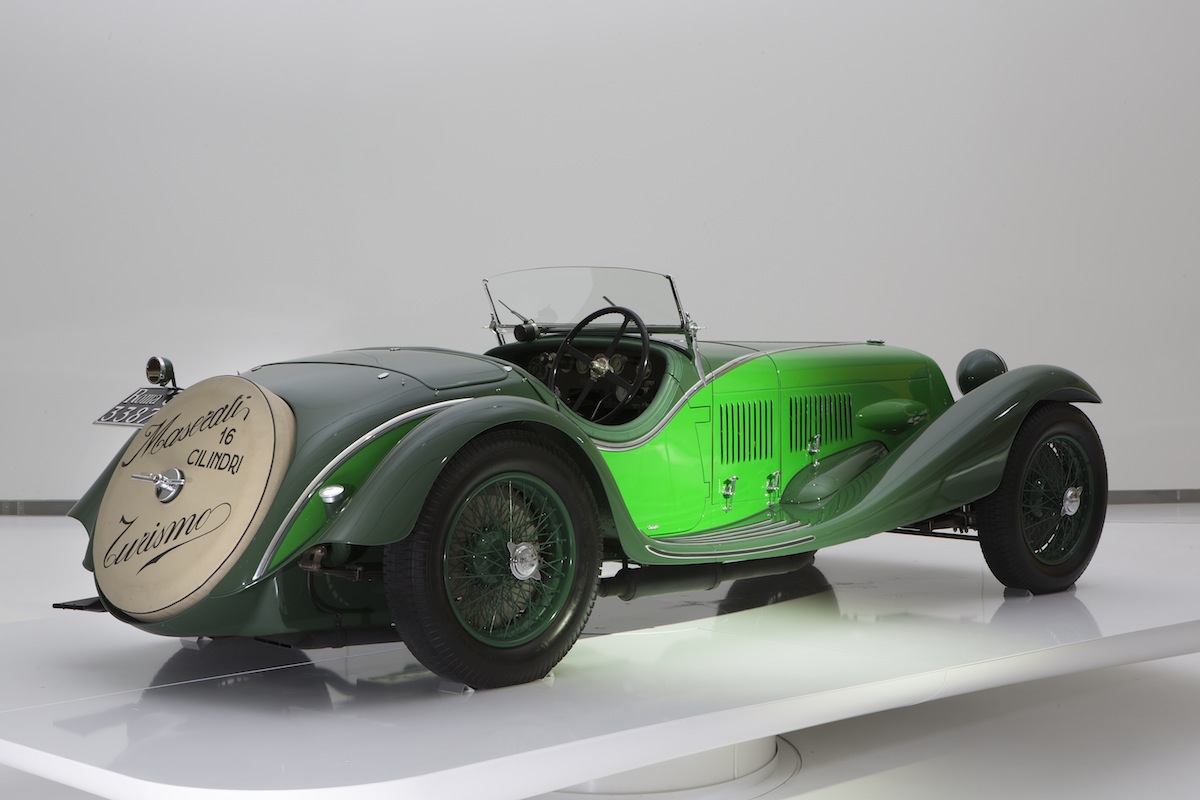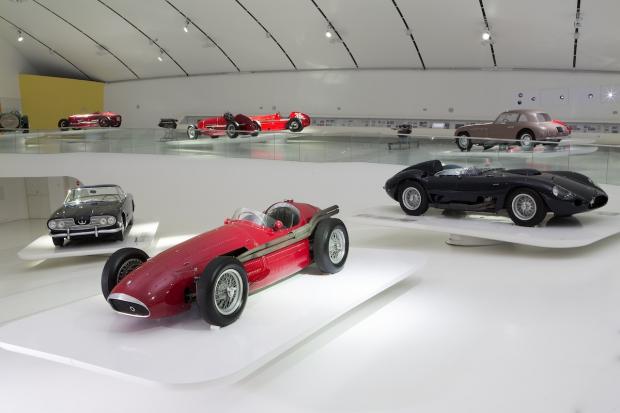
A sensational display of historically important Maseratis has opened in Modena to celebrate the 100th anniversary of the marque. A glittering ceremony was attended by the sons of two of the founding fathers of the marque, Ferrari chief Luca di Montezemolo, Adolfo Orsi and Maria Teresa de Filippis among others, while guests of honour were Sir Stirling and Lady Susie Moss. The exhibition will run until January 2015, but, if you can't make it to Modena, here are the cars.
Photos courtesy of Maserati
One of the final developments of the 4CL series, the 6CM replacement had a tubular chassis and from 1948 a two-stage supercharger that helped eke 260bhp from the 1490cc straight-four. Popular with Juan Manuel Fangio early in his career, it is also the model that took Alberto Ascari to victory in the San Remo Grand Prix of 1948.
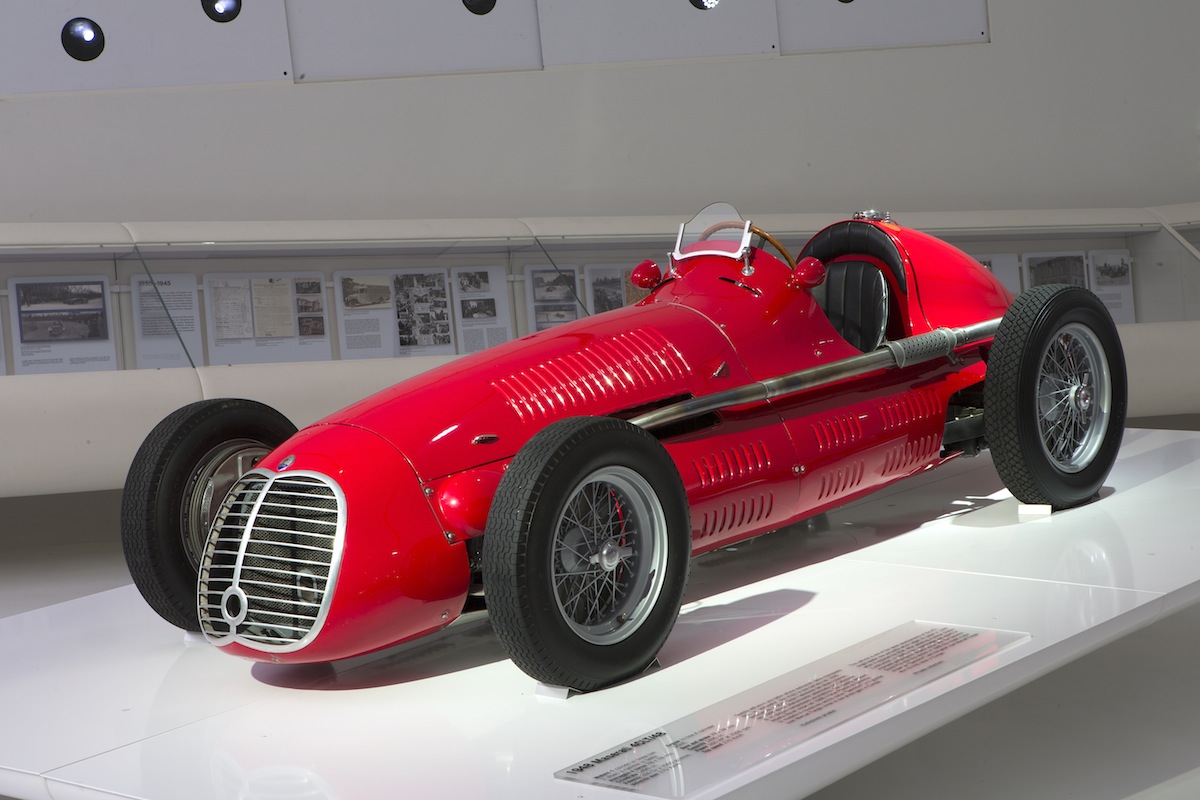
"A car that made me feel confident – even certain – of victory." So said the great Gigi Villoresi of the 1493cc straight-six 6CM with its cutting-edge independent front suspension. Despite only 27 examples being built, it was dominant in competition, clocking up three Targa Florio victories as a sports car.
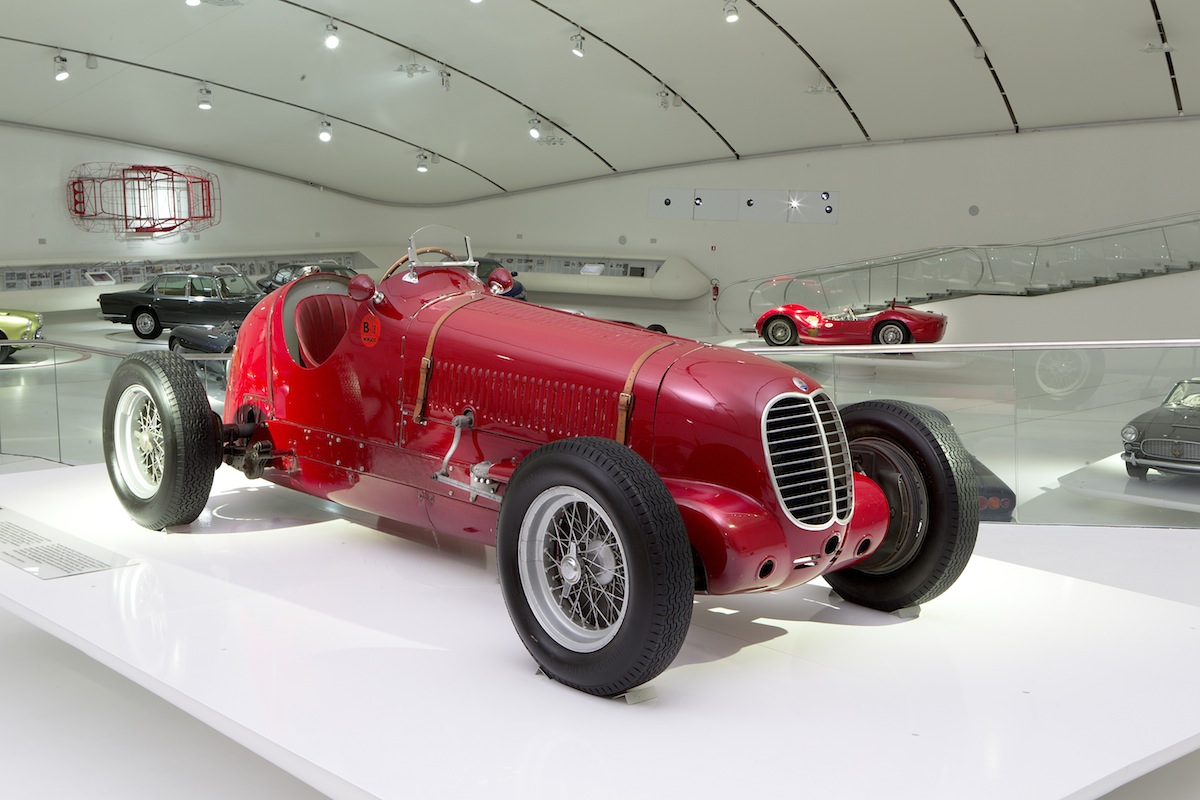
The masterpiece of an engine in this ace was the last creation of Alfieri Maserati before he died in 1932. It is a dual-overhead-cam straight-eight of just under 3 litres that produces nigh-on 250bhp. This very car was raced by Tazio Nuvolari, considered by many to be the greatest driver of all time.
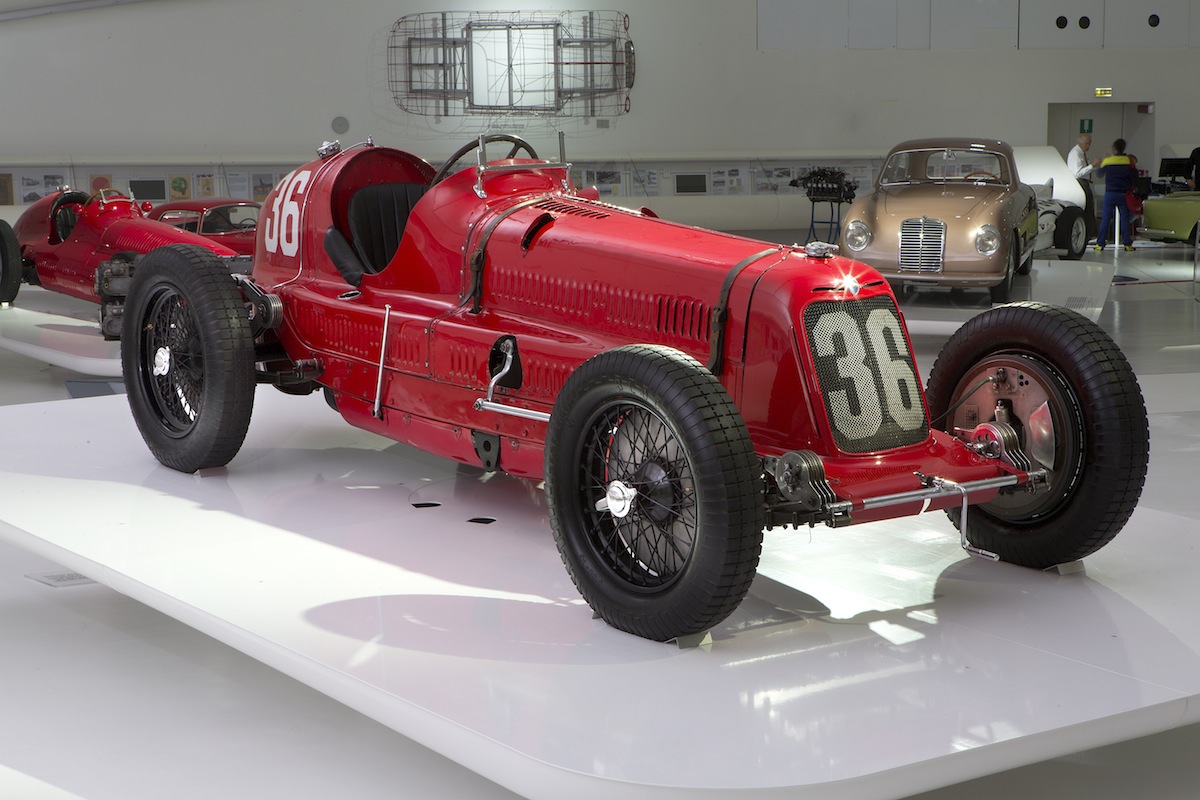
Not just any 250F, as if there were such a thing, but the very car in which Stirling Moss scored his first World Championship points in 1954. Truly one of the greatest single-seaters of all time, and unquestionably the best looking with the possible exception of the Lotus 25, it was developed by Gioachino Colombo in 1953, but was continually developed by Giulio Alfieri and Valerio Colotti. Juan Manuel Fangio took two of his five world titles in 250Fs.

The 300S was considered by most a potent sports car, but its big brother, dubbed 'The Bazooka' by Juan Manuel Fangio, offered an awesome 400bhp from its 4.5-litre V8. In 1957, the 450S won every race it finished and led every race it entered, including the Sebring 12 Hours. This car was built for Tony Parravano and was a recent winner at Villa d'Este.
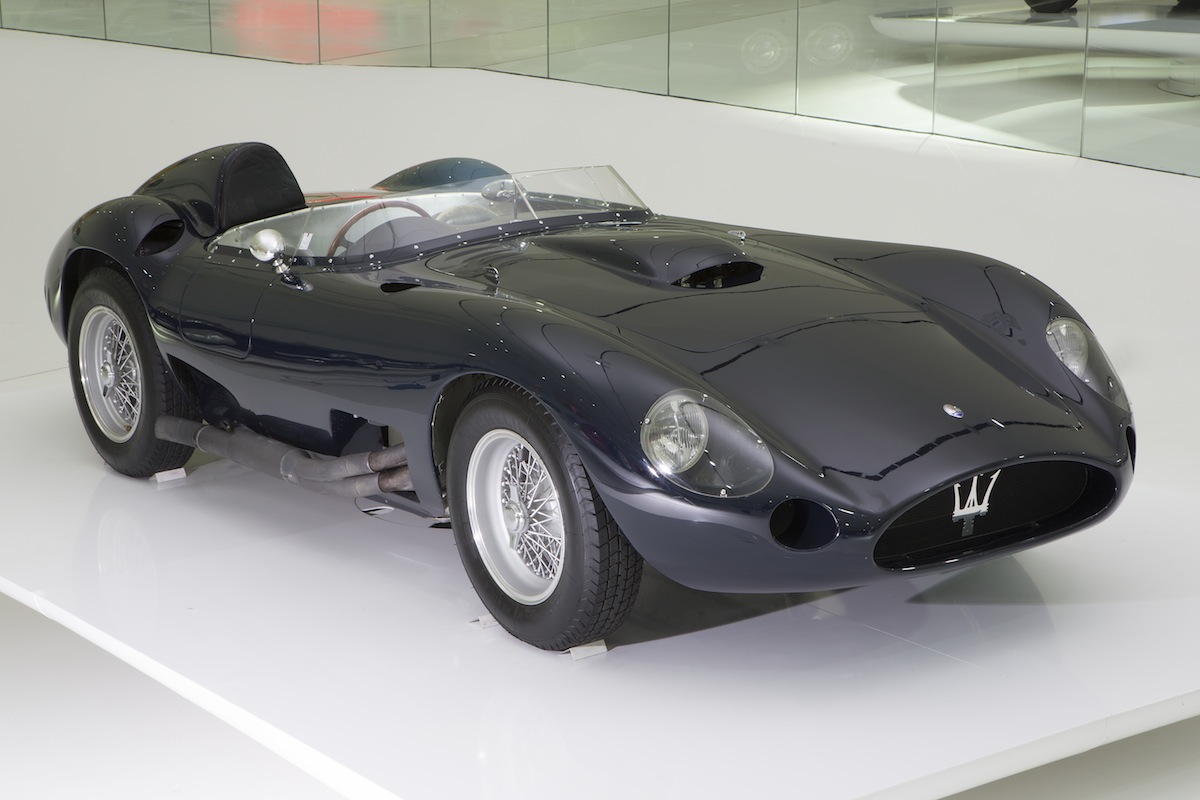
Penned by the prolific Giovanni Michelotti for Vignale, the stylish 3500GT Vignale Spyder is an iconic sports-tourer. The car pictured here was one of the prototypes and was shown on the Vignale stand at the 1959 Turin Motor Show.

With an already burgeoning reputation for its road cars, Maserati massively upped the ante at Geneva in 1957 by showing the 3500GT with coachwork by Allemano and Touring. It was the superleggera Touring version of the 3.5-litre straight-six that went into production the following year and stayed in production for six years.
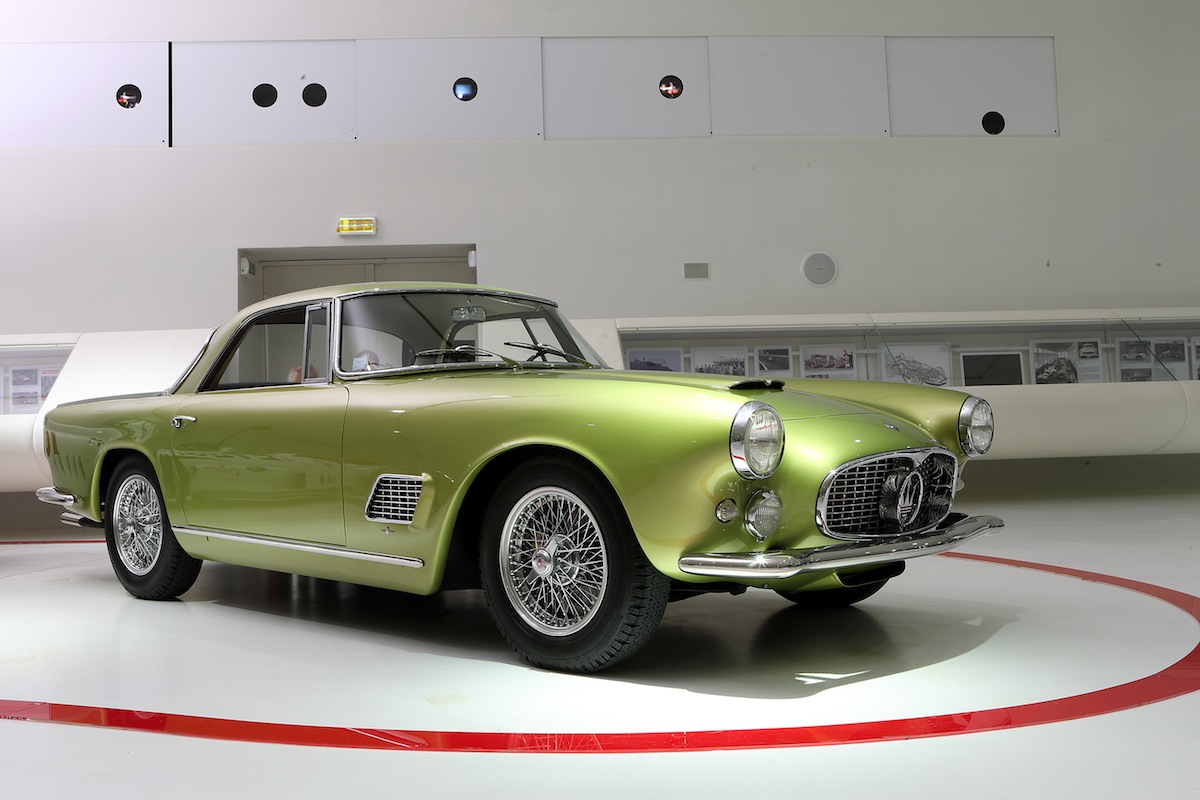
This is the car that kicked off the short run of the most powerful GT of its day and, today, one of the most desirable classics in the world. The 5000GT only exists thanks to the suggestion from the Shah of Persia that Maserati build the fastest car in the world. Hence the company merged racing 450S engine and 3500GT chassis to create this 5000GT, the first of 33 takes on the model by various coachbuilders and beloved of captains of industry and rock stars.

This 1947 in-line six was the first road car produced by Maserati. With Pinin Farina bodywork, the car had been in the pipeline from as early as 1940 and work even continued on it during WW2, but it did not emerge until two years after the conflict ended. There were two prototypes, this one being displayed at the 1st Italian Coachwork Show in the Triennale Exhibition, Milan. Rediscovered in Argentina, this car has since been restored to original condition.

What a wonderful pairing. On the left is the Pinin Farina-bodied car, one of just four clothed by the company after the styling was entrusted to the youngster Aldo Brovarone. On the right is the Zagato take on Gioacchino Colombo's 2-litre masterpiece, after 1954 being powered by a race-derived engine. Some 20 cars were bodied by Zagato – including a solitary Spyder – while Allemano and Frua also provided skins for the model.

Easily confused with the bigger-engined T61, the Birdcage, as it was dubbed by the British press, was designed by Giulio Alfieri and was a phenomenal success in motor sport. The Birdcage won the Nürburgring 1000km two years running, with Moss and Gurney in 1960 and then Casner and Gregory in '61.

Based on a Maserati Bora, this Giorgetto Giugiaro design exercise was the sensation of the 1971 Turin Motor Show despite at that time being merely a non-working model. So popular was it that the company considered it worth the effort and money to turn it into a working vehicle, which is how it appeared at Geneva the following year. An incredibly influential design.

The 1958 420M is powered by Maserati's 4.3-litre V8 and was good for a monstrous 410bhp. It was built specifically for the Race of Two Worlds at Monza in 1958. Even though Maserati had pulled out of racing, a leading ice cream company commissioned the Modena firm to build a car capable of upholding Italian pride… even though it was to be driven by an Englishman, Stirling Moss.

The barge of choice of the chic and well-heeled who wanted to get anywhere in a hurry in the 1960s – without spilling their cocktails – the Quattroporte was launched in 1963 packing the 4.2-litre V8 good for 230kph. The car on display was first owned by legendary Italian actor Marcello Mastroianni. It is pictured beside the 2012 version.

Even though we are celebrating 100 years of Maserati, the first car the company built that bore its own name was actually the Tipo 26 some 12 years later. This 2-litre 26B from 1929 continued the Alfieri Maserati design and is one of some 43 examples built.
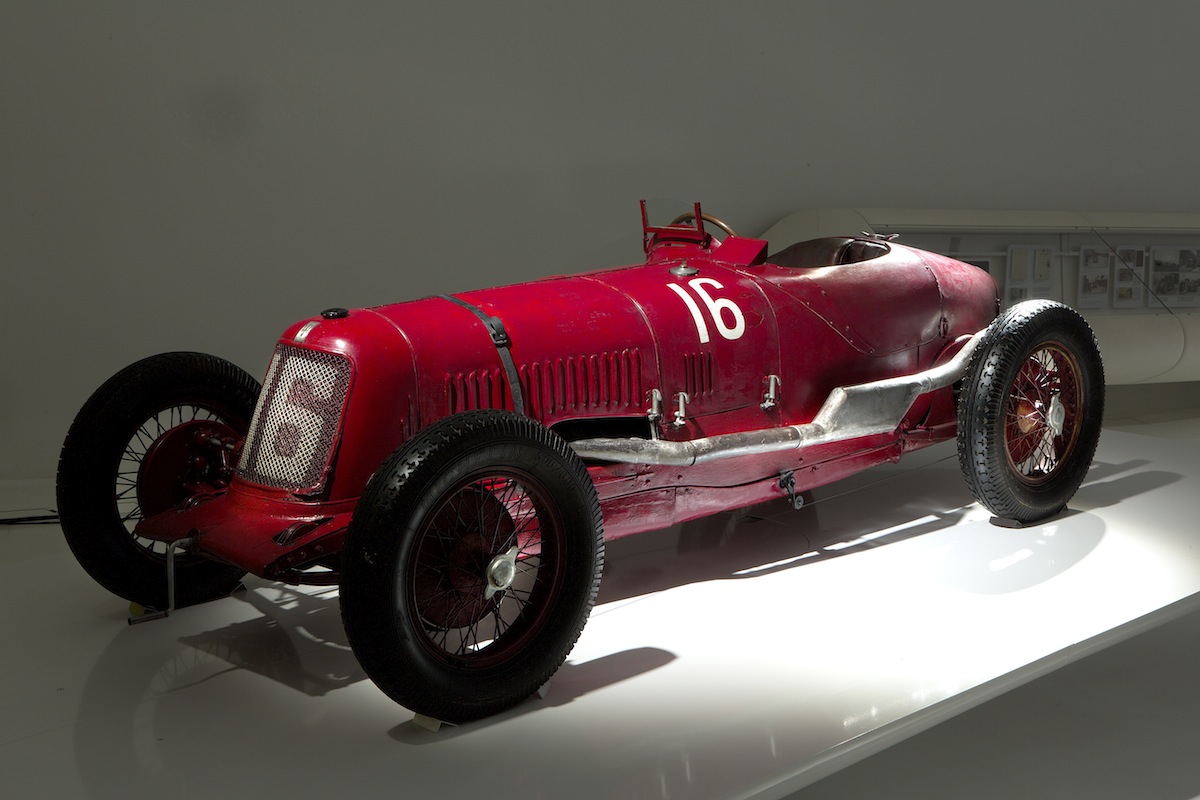
This incredible 4-litre V16 from 1932 was a world record breaker in its day. Formed by fusing two Tipo 26 engines in a single crankcase, Baconin Borzacchini averaged 246kph for the flying 10 kilometres in Cremona in 1929. The example on display was built in 1932 for Dr Galeazzi – physician to the Pope! – and was reshelled by Zagato two years later.
